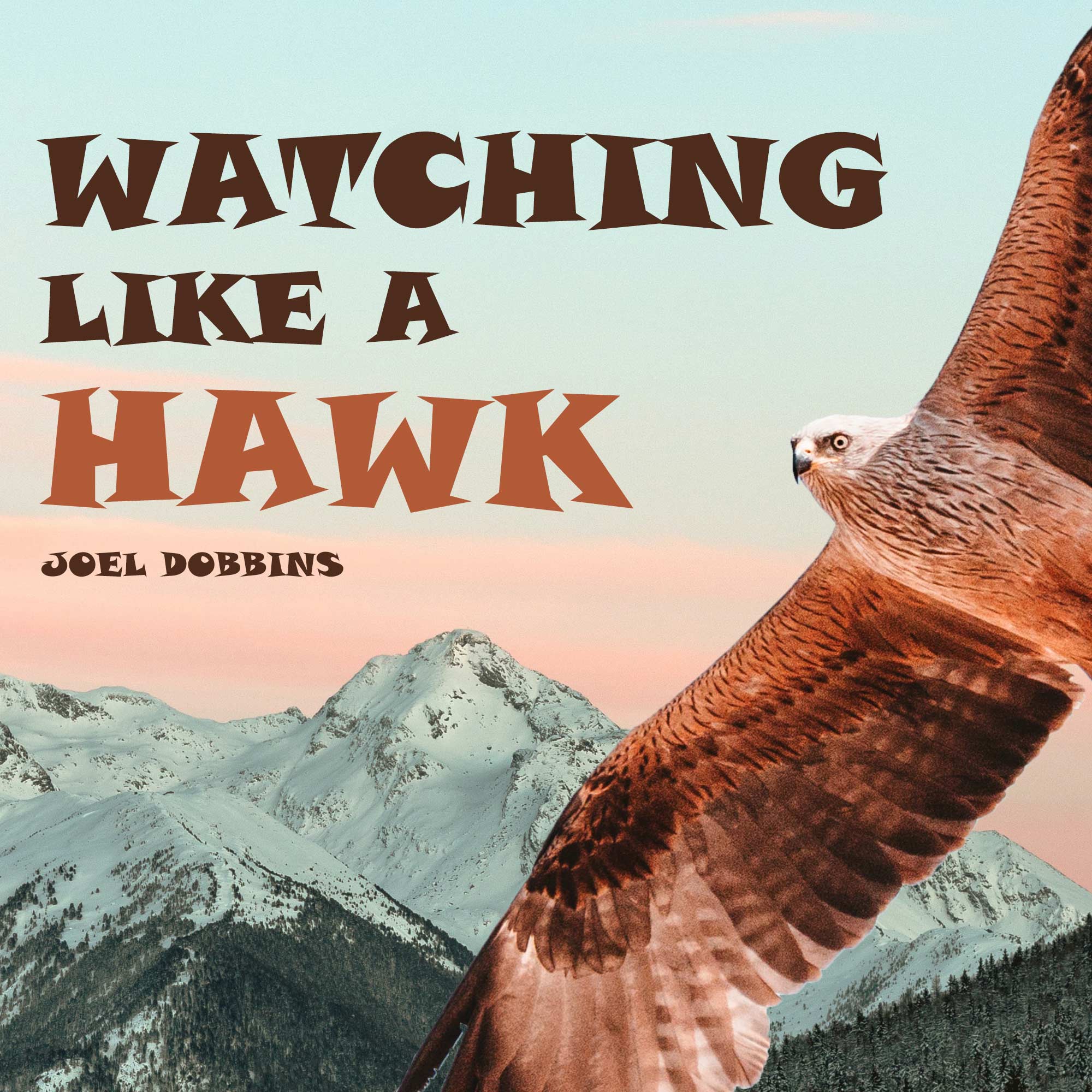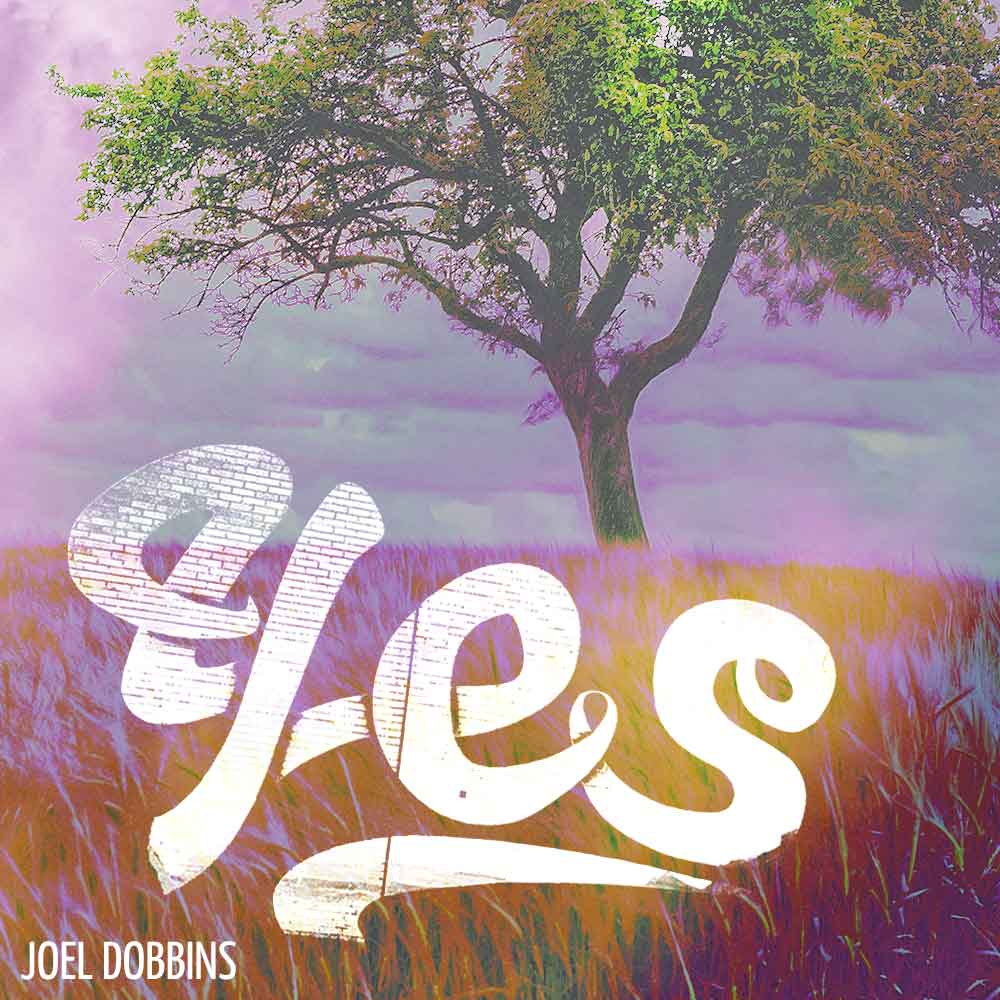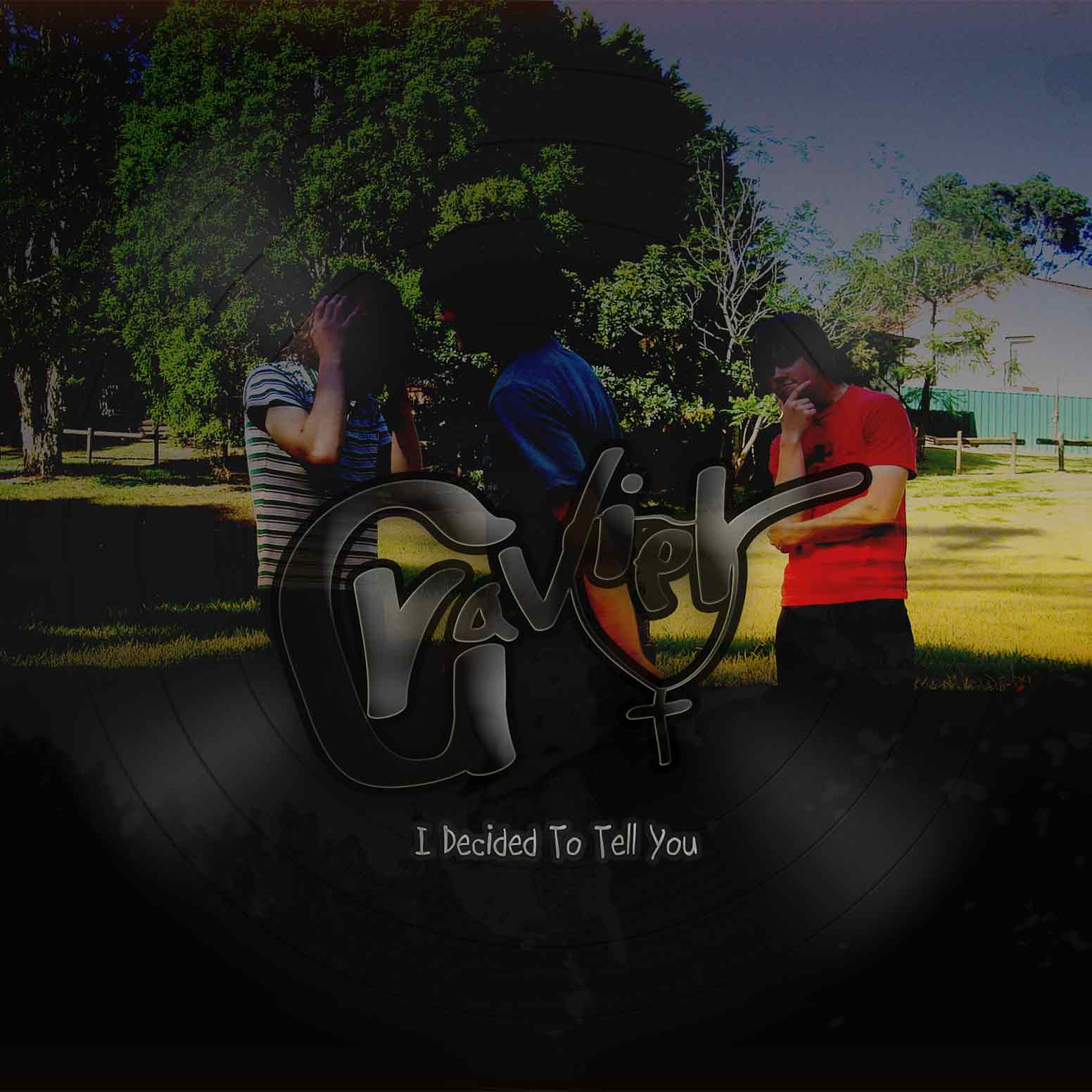
Watching Like A Hawk Joel Dobbins
While the previous album "Yes" experimented with a mix of old and new recordings and going for a varied compilation feel, this album was completely the opposite. For the first time, Joel re-recorded everything from scratch specifically for this album - recorded mostly over the Christmas break - to create a unifying sound. Even the guitar pedal settings and selection of instruments were kept very similar. The Beatles' album "Rubber Soul", which is Joel's all-time favourite album of any band, has this same unified feel that Joel was striving towards where every song it seemed, although vastly different, had all fit together perfectly. Double tracking on vocals were used sparingly this time so that the lyrics could be heard as clearly as possible. A sunburst electric guitar - with surprisingly good quality pickups - was given to him by a friend (who'd actually found it on the street) which Joel restored and then debuted on this album. Joel's first guitar, the trusty Yamaha electric guitar, remained untouched sitting on it's guitar stand for the first time ever throughout an entire project.
A new drum recording technique was utilised too. Latency issues had made it rather difficult up to record drums in time due to a delayed signal in the headphones. An idea given to Joel from a fellow musician and friend was to connect an audio output from the drums via the onboard headphones jack and looping it back to the audio interface while the MIDI remained connected as before. The delayed MIDI could then be muted for recording while the audio input could be used for real time playback instead. Having zero latency playback during the recording process made it a breeze to play drums in time. As for bass lines, Joel strived to introduce more groove and removed as many non essential notes as possible to give the songs much more space in the lower end.
Lyrically, a conscious effort was made to add more complexity to the structure of the songs, adding more pre-chorus's, bridges, etc than typically used before, which also meant additional melodies had to be composed and additional lyrics written per song on average as well.
Songs:
| 1 | 3:53Je T'aime |
| 2 | 3:31No Ordinary Girl |
| 3 | 4:02Boy So Won't You |
| 4 | 3:20The Woman Of Sin |
| 5 | 3:51I Love You Not Nearly |
| 6 | 3:41Watching Like A Hawk |
| 7 | 3:58Life |
| 8 | 3:30Wake Me Up |


Undefeated.jpg?v=d50a43c2eefe8248ae5a5cca0ce4f4b2)

